Best smart speakers for non-techie people: What to expect, what you'll love and what doesn't work
Smart speakers are no longer the preserve of tech geeks and millennials — these handy speakers are, and (as we'll discover) particularly handy for those living in the countryside. We've looked at some of the main contenders to see which one comes out on top: Google Nest Audio, Amazon Echo Studio, the Apple HomePod Mini, and the Audio Pro G10.
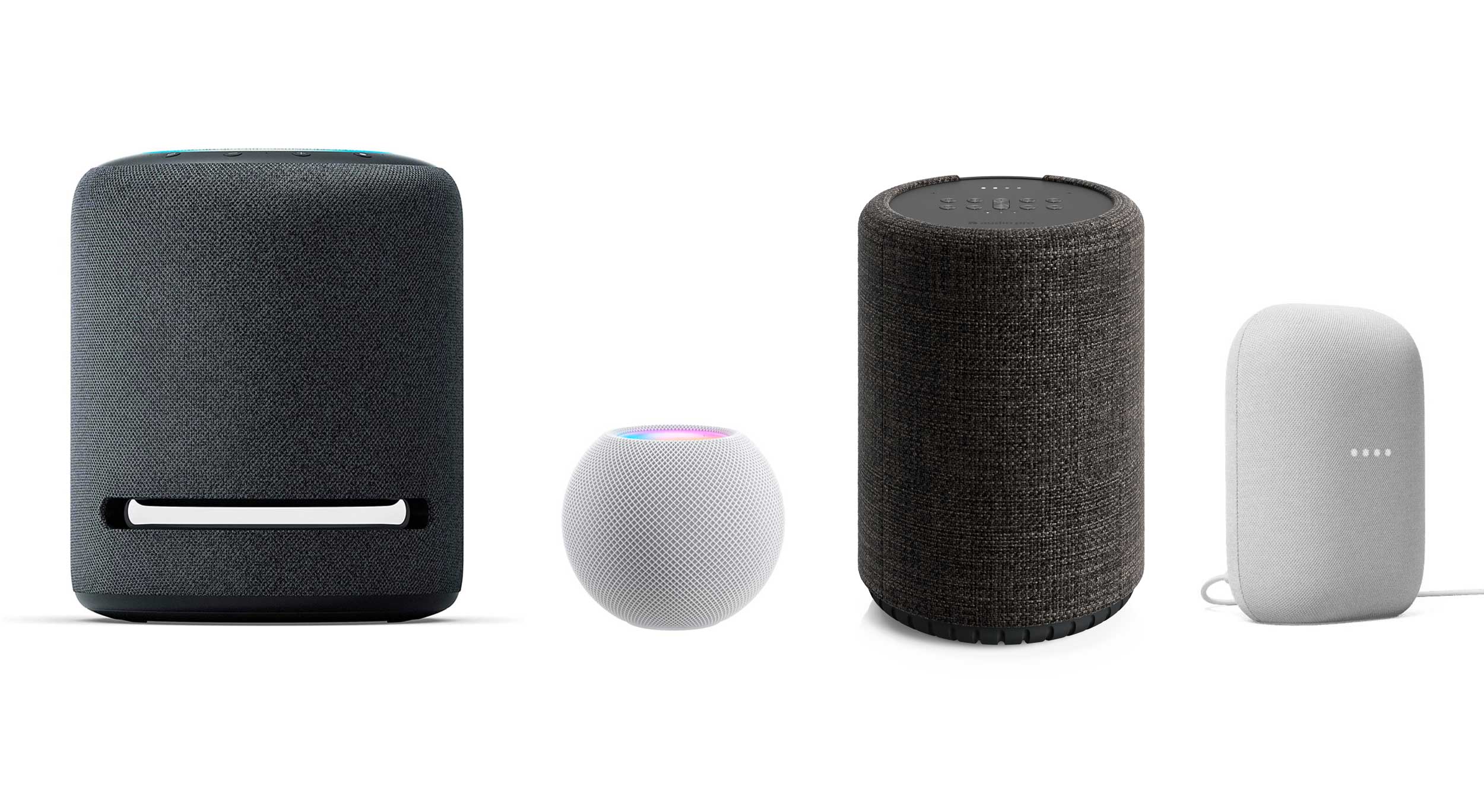
Smart speakers are a miracle of modern design and ingenuity. We went in to this testing process not really fully appreciating what they could do. By the end of it, we'd thrown away the dodgy kitchen timer, stopped worrying about fiddling with the thermostat, watched the Hi-Fi system begin to gather dust, unplugged the fiddly soundbar attached to the television and stopped obsessively checking the BBC weather app every twenty minutes.
That's not all. My son had figured out how to ask questions about his favourite football players; my daughter had used it to help with a school project; and my wife had figured out how to listen to Radio 4 in the mornings. The latter has been a real boon, since we're in a rural reception blackspot where we get no TV signal whatsoever, and almost no radio — our broadband is not great, but just about good enough, and having radio via smart speaker is a godsend.
If you sensed a 'but' coming, here it is. Despite all the cutting edge technology, the somewhat cavalier attitude to privacy and enough algorithms to terrify an A-level exam board, smart speakers remain fairly dumb.
In a way, that’s rather reassuring. Alexa, Siri and Google have near-infinite resources of information at their disposal, they’re all able to retrieve and regurgitate facts at a terrifying rate, and all can tell you what the weather forecast says for tomorrow, but none of them could hold a candle to a savvy five-year-old with a borrowed laptop.
We’ll take the case of playing a song to illustrate the point. During all our tests with Google Nest, we failed to persuade it to play the Grease soundtrack, except in French; the powerful combination of Siri and Apple Music insisted on only playing the Spanish version of ‘Mamma Mia’; and Amazon’s Alexa point-blank refused every reasonable request to play a Taylor Swift’s song ‘Lover’, insisting only on playing the eponymous album.
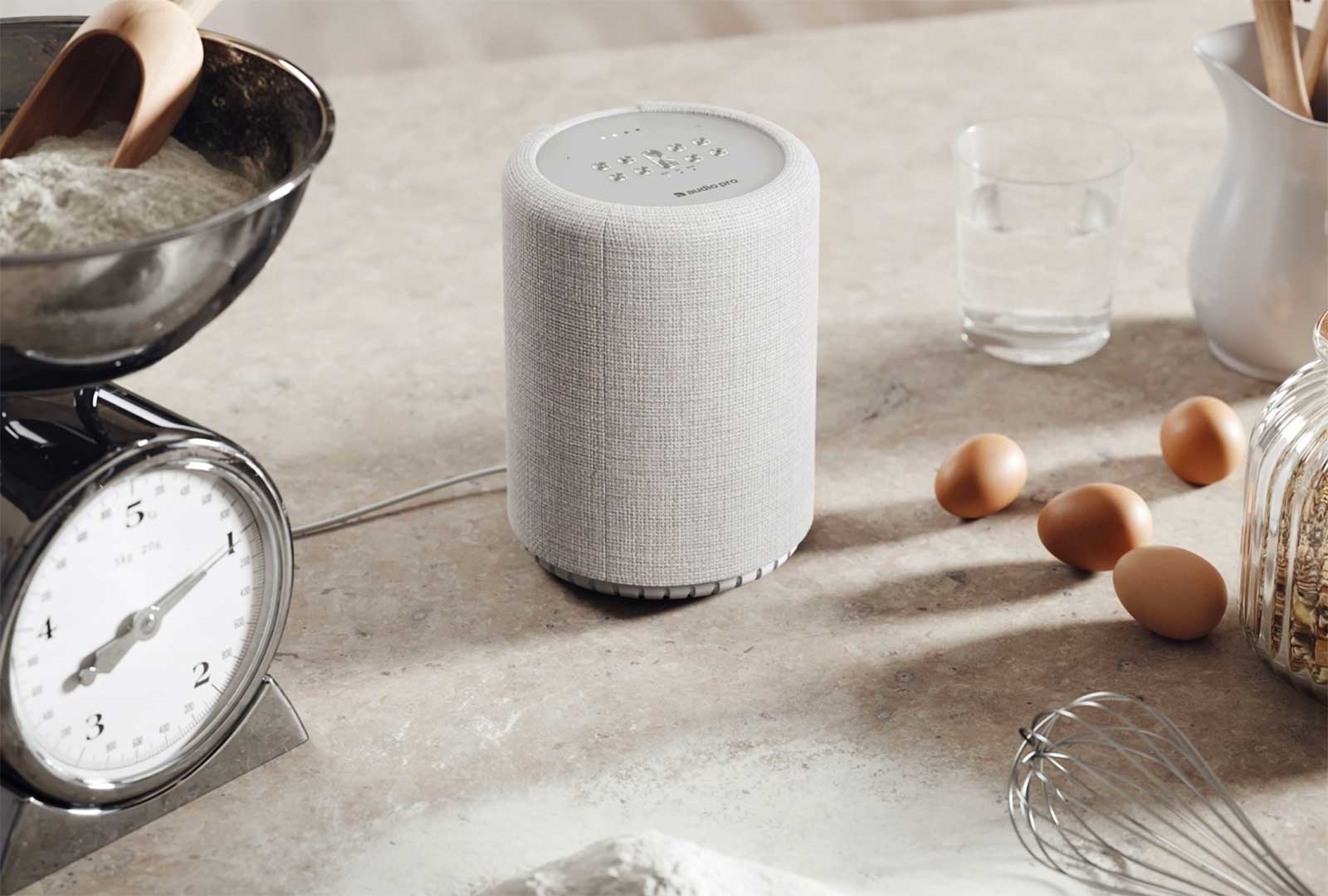
All understandable, to a degree — it can’t be easy marrying voice recognition to databases of tens of millions of songs. But there is a bigger problem: when smart speakers run into a problem, they can't fix it.
Thus, if you say something to reasonable to your digital assistant in order to get what you actually wanted — ‘Ok Google, play the English version of this song’ for example — it simply doesn't happen. All three speakers simply went right back to the start and made the same mistake over and over again.
Sign up for the Country Life Newsletter
Exquisite houses, the beauty of Nature, and how to get the most from your life, straight to your inbox.
Ask the five-year-old to take another go at it and not only will he or she get it right, but they’ll almost certainly remember for next time. But not Alexa, Google or Siri — oh no. They'll happily keep getting things wrong. Every. Single. Time. If this is the state of the art, then there is a LONG time to go before we’ll be bowing down before AI-powered robot overlords.
There is hope on that score, though: all of these smart speakers rely on software updates, so they get better over time. And when they work — which is effortlessly, and perhaps 19 times out of 20 — they all play music with wonderful quality, drawing on huge numbers of tracks; they all have easy access to pretty much the entire internet to help make your life easier.
Google Nest Audio
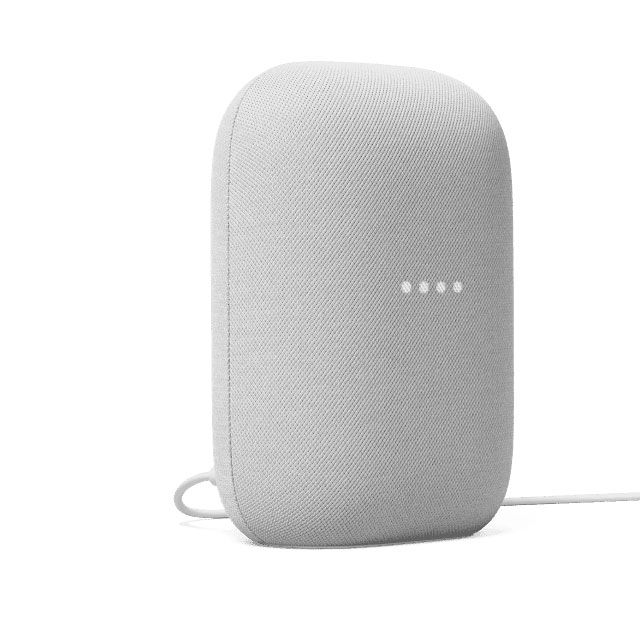
It’s just as well that the sound quality of the Google Nest Audio is good, for it’s no looker. It slumped into the corner of the kitchen with all the elegance of a carrier bag slumped against a wall — strangely amorphous, the size (and weight) of a large bag of flour. It does at least blend into the background, though — something which, as we’ll see with Amazon’s equivalent, isn’t to be sniffed at.
Turn the machine on, though, and things improved rapidly improve. If you’re used to the sound quality of a smaller, starter speaker — an Echo Dot or a Google Home or Nest Mini — it’s a huge leap up, with good clarity and bass, and enough volume to fill a room. You won’t be throwing out your stereo in the living room, but it’s ideal for a kitchen or study.
Google’s voice assistant is also good. Ask it the age of an actor, for example, and you’ll get the full name, date of birth and an offer to send more information to your mobile phone; ask it to put Radio 4 on, and it starts playing in a few seconds. It set alarms and timers so simply that we actually stopped using the kitchen timer — especially since, unlike the others listed here, you can just shout ‘stop’ at the beep, instead of ‘Hey Google, Stop!’.
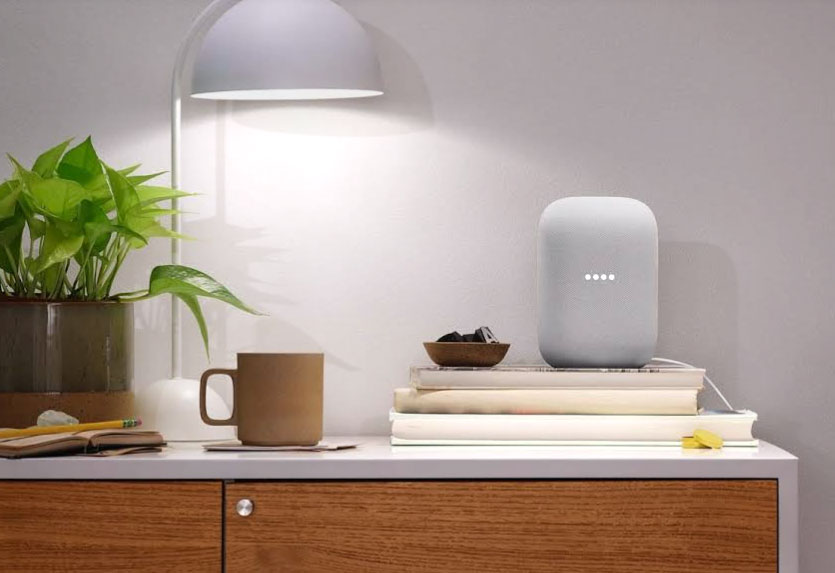
On top of that it seemed to work well with everything else. The music services we tested — Spotify, Apple Music, Deezer — all worked seamlessly, and the app let us control our Nest central heating thermostat simply by asking for it to change to a certain temperature.
We did run in to problems, however. As well as Google’s aforementioned obsession with the French soundtrack of Grease, it also refused to play anything other than some sort of techno remix of Mariah Carey’s classic ‘All I want for Christmas’. More annoying was that it began to stop playing songs properly, cutting out half-way through for no reason — no matter which service we hooked it up to. It turned out to be the Wi-Fi signal, which struggled in our designated corner of the kitchen — a spot where none of the others struggled, and nor did our ageing Google Home Mini. It’s a shame — a booster or relocation would fix the problem, but that’s not necessarily a particularly practical solution, and something to bear in mind for those who live in old houses with thick walls where WiFi can be glitchy.
Amazon Echo Studio
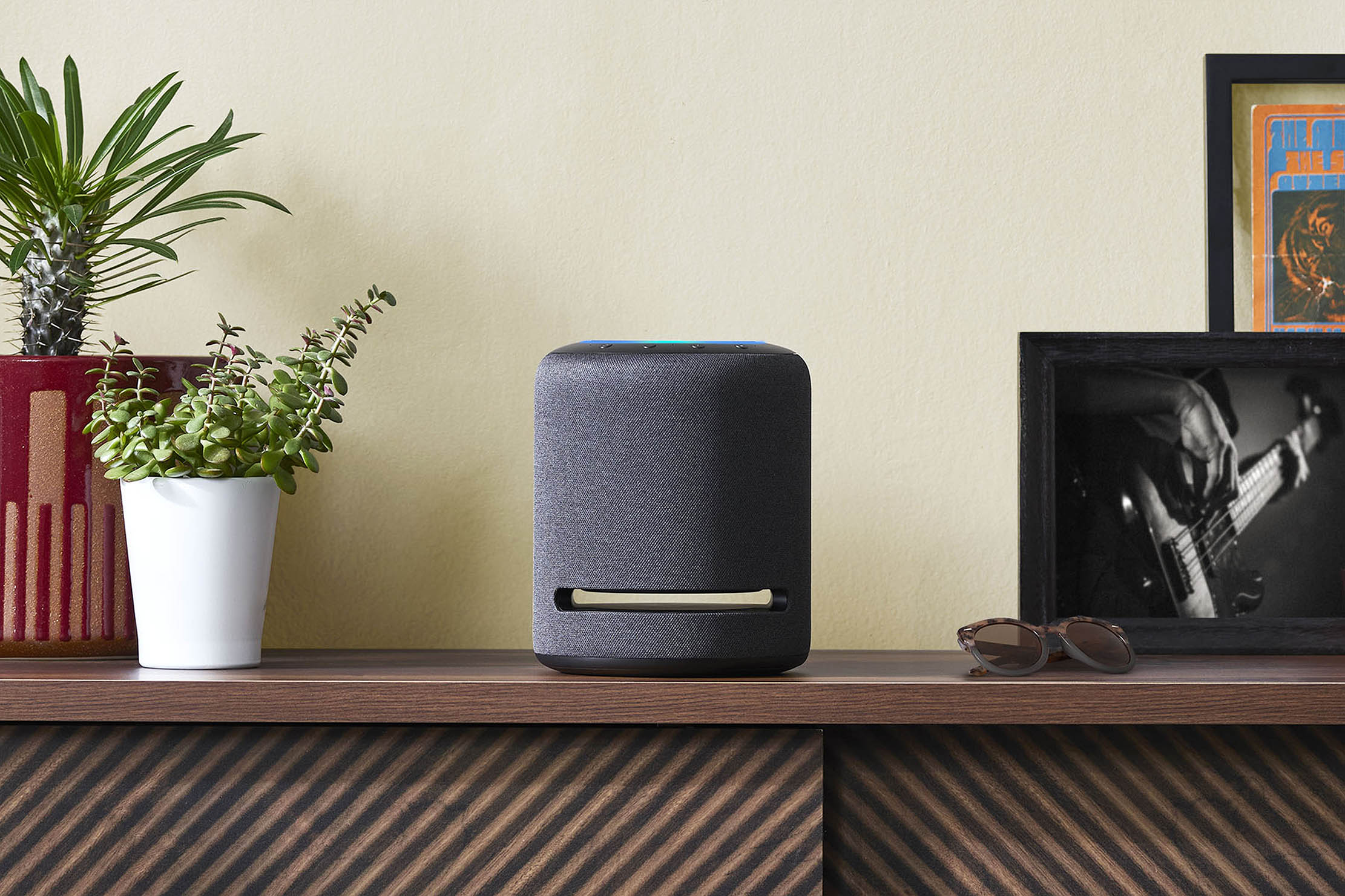
We were shocked upon unboxing the Studio, in so many ways: it’s roughly the size of a wastepaper basket, but one seemingly designed to mimic an inverted machine gun nest — flip it upside down and you can picture it protecting the beaches of Normandy in the Second World War. As for its weight? It’s so heavy that it might as well be made of gun emplacement concrete — it reminded us of going ten-pin bowling, when you pick up the heaviest ball just to see if you can carry it.
The size and weight are deployed with a good cause in mind: this isn’t just a smart speaker, it’s billed as a top-class Hi-Fi speaker that just happens to have smart functions built in. As such the top volume on offer is enough to put cracks in your foundations; and while a single speaker can’t play stereo sound, it does have a ‘3D’ sound ability built in which throws the sound around a little more. The number of 3D songs available is pretty limited, though; those who listen to Radio 1 will probably find something, but if you’re looking for, say, a classic Rolling Stones tune then you’re not going to have any ‘satisfaction’ (ho ho).
But while the Studio happily trumped the Google Nest Audio’s sound quality and matched its cleverness, we found it wasn’t quite the audiophile's dream that it ought to be for £189. While it matched our normal stereo for power (a Teac model that would have been around £300 new) the sound quality was every so slightly muffled by comparison, especially at lower volumes.
There was also another issue. Prior to using the Studio, we’d been using an Echo Dot for some time — and it has to be said that the microphones in the latter (which was came free with two months’ of Amazon Music) were far better than in its £189 big brother. We lost count of the number of times we had to bellow ‘Alexa, stop’, ‘Alexa, STOP’, ‘ALEXA, STOP’, just to turn off a timer. That probably goes back to the design brief: this is one aimed at audiophiles, not a general purpose household helper that happens to play music as well.
That said, without music playing it listened well, and it was every bit as good at answering questions as Google — and had a particularly good line in making funny noises on request. Yes, that’s right: our pricey, hi-tech Echo Studio was co-opted by the children for use as a machine for, ahem, reproducing the noise of breaking wind. Repeatedly. And loudly.
Apple HomePod Mini
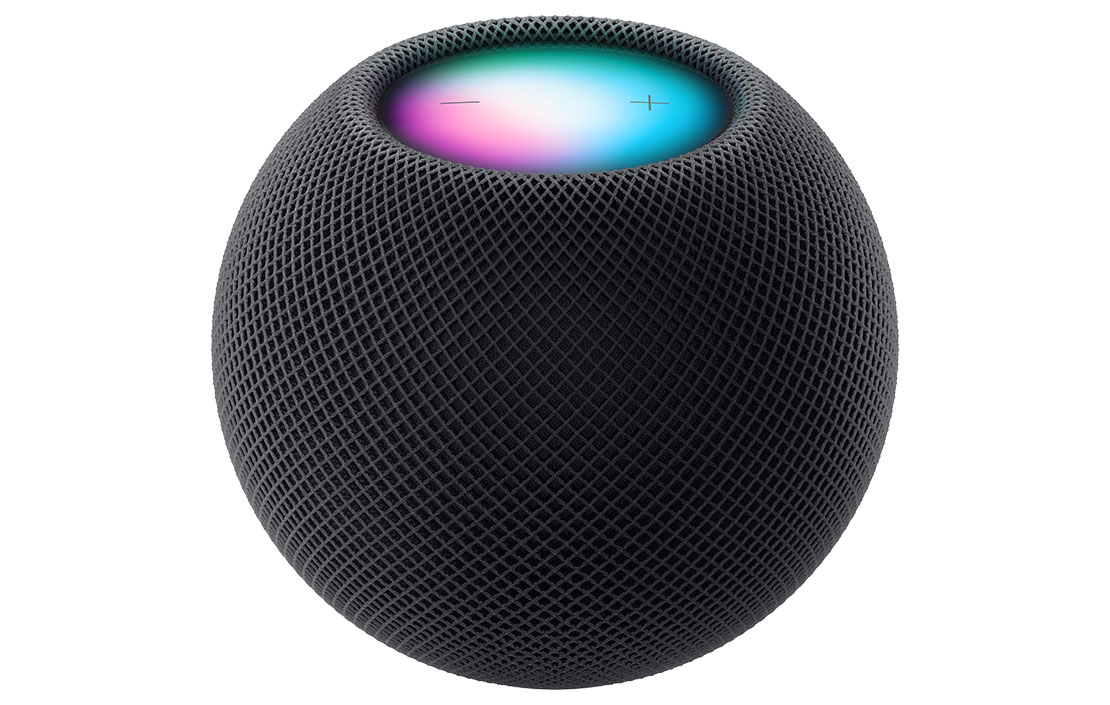
For our money, the HomePod Mini was absolutely the best of all the smart speakers. Sadly, in a couple of ways it was also the worst — and it'll be up to you to decide whether its flaws bother you. It’s a beautiful-looking thing the size of a cooking apple, not too heavy, it’s superb at listening to commands, and the music quality is absolutely superb — it was noticeably better than the Google Nest Audio, and almost on a par with the Echo Studio until it came time to turn the volume up high.
It’s as good as these things get — and if you have a house full of Apple gear, it works brilliantly. It links up perfectly, and simply, with iPhones — but we struggled to get it working properly with an Android phone. Unlike both the Google and Amazon speakers, it puts out 360-degree sound — ideal for putting on a kitchen island or similar, for everybody to use and enjoy. And Apple promise to be more sensitive using your data than either Google or Amazon — all make aa point of emphasising that they look after your privacy, but Apple's track record in making this a selling point will ease many people's fears about Electronic Big Brother listening in on them.
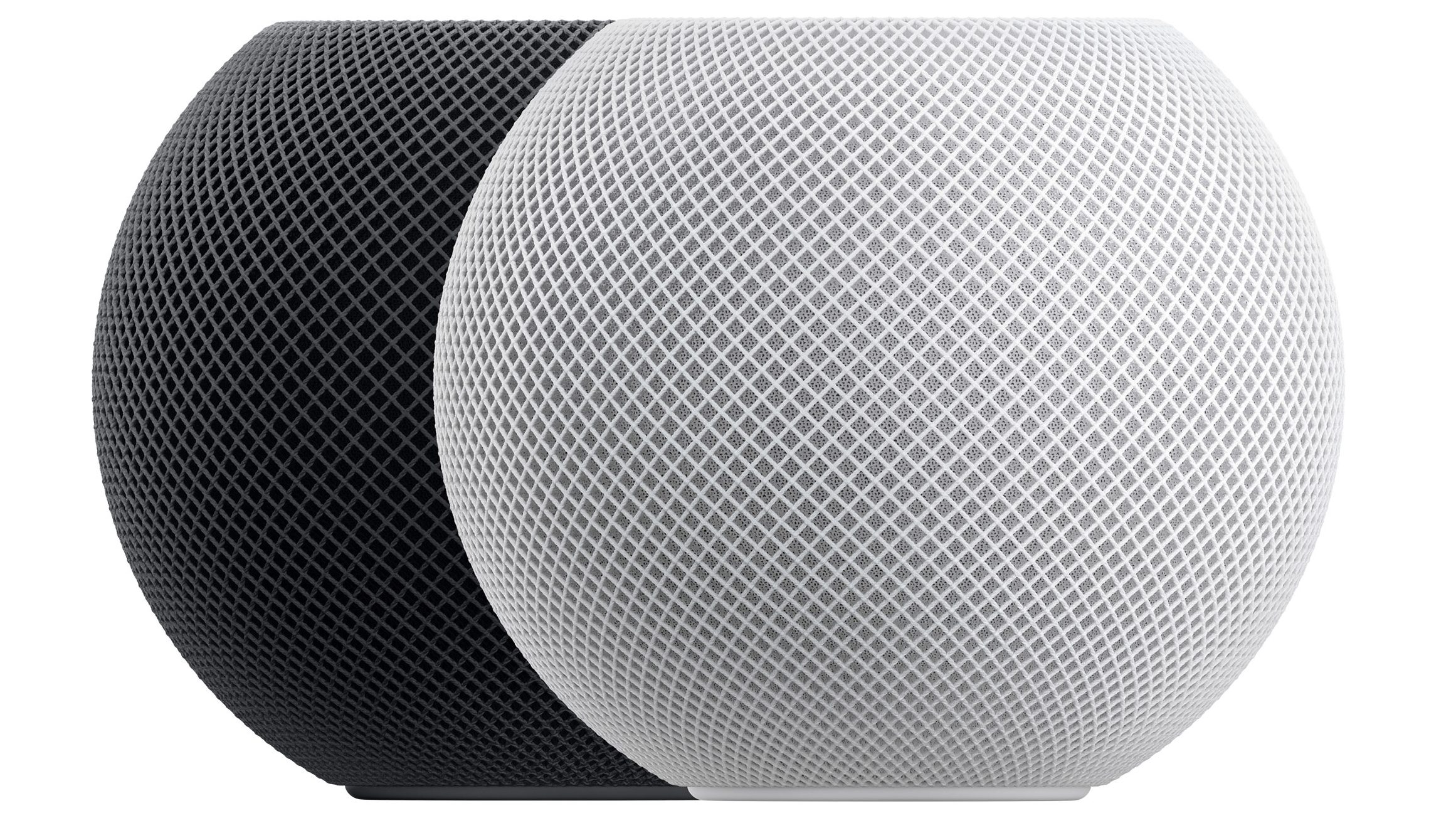
The decadent option is to buy two, which can then be connected as a stereo pair (the Echo Studio can do this too, but then your costs really are getting to audiophile levels). This was particularly brilliant when linked with an AppleTV (which we use for all television viewing, due to terrible reception problems). The sound it pumped out was far better than the old, similarly-priced Philips sound bar we've used for the last couple of years.
All this makes its frustrations the worse. Apple have designed it to work with ‘Internet of Things’ standards, but somehow they haven’t persuaded some of the most popular and obvious other companies to get on board with their products. It doesn’t work with Hive or Nest thermostats (although it does with Philips smart light bulbs), it doesn’t work with Spotify and — worst of all for Country Life readers — it can’t play BBC Radio 4 like the Nest and the Studio. There is a workaround for the latter (get it started on your phone, then send it to the speaker) but that’s a faff — and the whole point of these things (and Apple gear in general) is that they make things easier, not more complicated.
That said, we loved everything else about the HomePod Mini. If you subscribe to Apple Music and are a family of iPhone users, it's perfect; for those needing (or wanting) to mix and max their services, check first to see if it does what you need it to.
Audio Pro G10
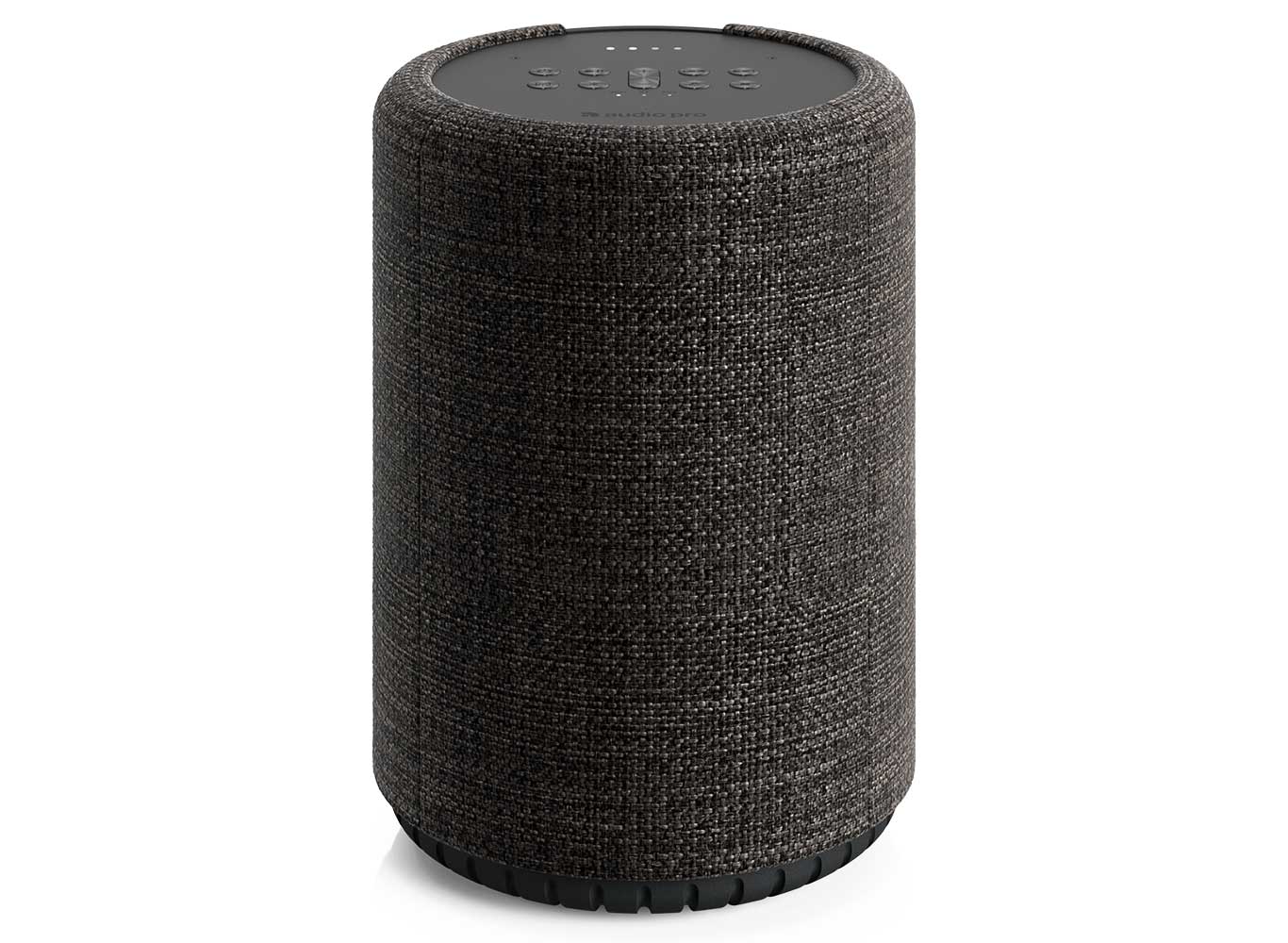
Reading the other reviews above, you could be forgiven for wondering which speaker to plump for — particularly if you have a mix of different smart gadgets in your home. It's easy enough if you've a house full of Apple gear — go for a HomePod Mini — and if everything you have is tied in to Google or Android then that Nest speaker makes sense. But for those who — as is the case in my own house — have a mix of both, the Audio Pro G10 is a great choice. It's the smart speaker equivalent of the One Ring to Rule Them All.
The G10, made by Swedish company Audio Pro, connected seamlessly to everything: iPhone, iPad, AppleTV, laptops (via bluetooth), Android phones and everything else we threw at it. Google Assistant is built in, meaning that it'll answer all your queries and play songs from streaming services without having to be linked up to everything.
It's also ideal for old-school hi fi use: there's an audio input socket to connect to a CD player or turntable, and physical buttons which will delight those who hate having to shout 'pause the music'. It manages all this while looking smart and sounding as good as anything on this page, particularly at medium to high volumes; though when playing more quietly, it didn't quite match the sound from the dinky HomePod Mini.
There are two caveats: this is a speaker first, and we found the microphones for listening to voice commands weren't quite as good; and as you can see from the price tag, you're paying a premium to have so many different capabilities in one speaker. That said, if you need all its skills them this is an elegant and classy solution.
Marshall Emberton
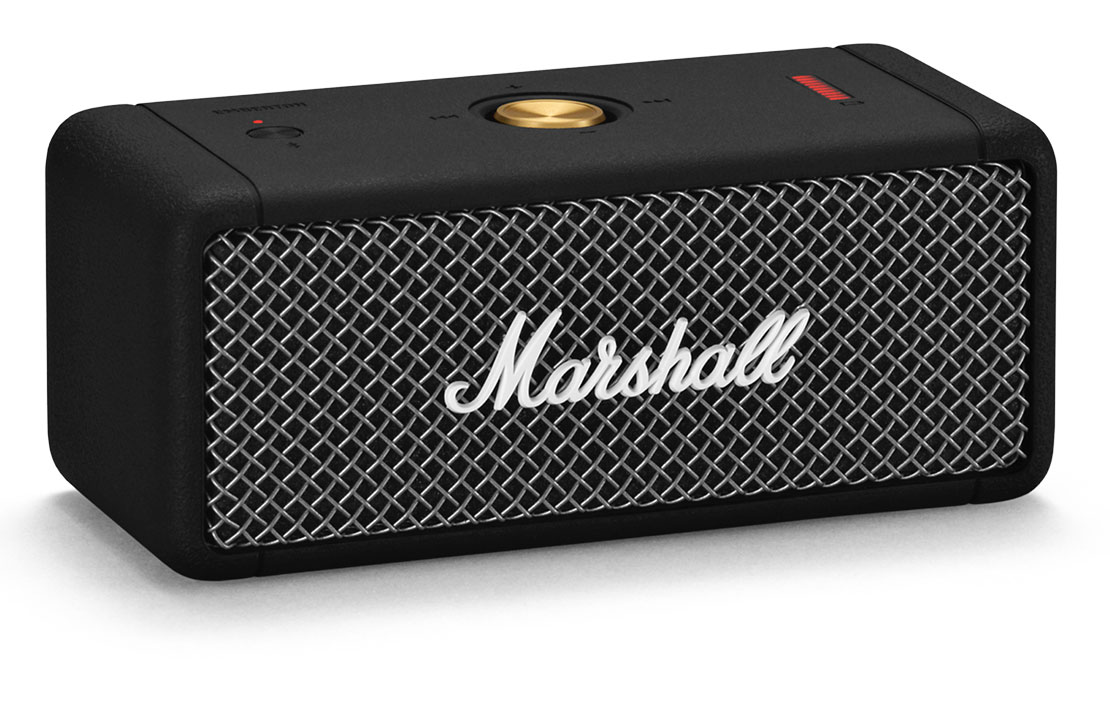
This is not a smart speaker — instead, it's a wildcard. Given the issues we had with smart speakers, an idea occurred: would things be better just having a normal, wireless speaker, and operating it via your phone?
Picked out for this task was the delightful little Marshall Emberton about the size of a Soreen malt loaf, and designed to mimic the look and feel of the iconic brand's guitar amplifiers, as made famous by the likes of Jimi Hendrix. The sound from this little marvel is very good, and it has the benefit of being waterproof, drop-proof, portable and completely unreliant on internet connectivity — it was perfect on a pre-lockdown camping trip, for example.
Link up to the Marshall Emberton and you can then voice control your phone or tablet (iPhones can use Siri, Android phones can use Google Assistant and almost any Amazon Fire device can get Alexa voice control running). But it's simply not quite as good in this capacity as a dedicated smart speaker: your phone is nothing like as good as the microphones set into a 'proper' smart speaker, and while the sound is good is not at the level of the HomePod Mini or the Echo Studio. And yet, given its flexibility and usefulness in other contexts, it's still recommended.
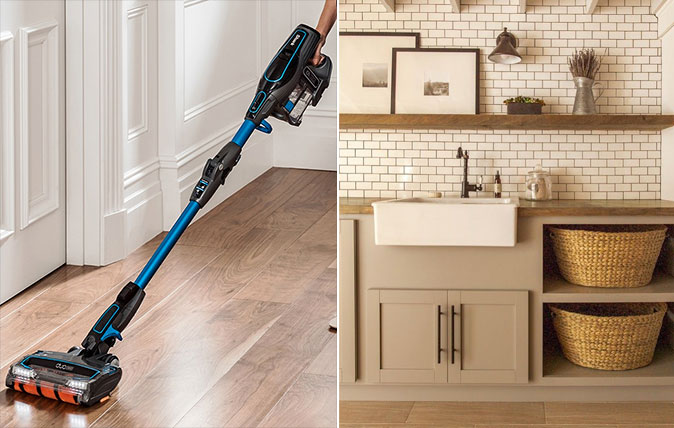
Eight 21st century innovations you actually need, even if you live in a 17th century house
Even an old house needs a few new tricks – and just because you live in beautiful country house doesn't mean
Toby Keel is Country Life's Digital Director, and has been running the website and social media channels since 2016. A former sports journalist, he writes about property, cars, lifestyle, travel, nature.
-
 Two quick and easy seasonal asparagus recipes to try this Easter Weekend
Two quick and easy seasonal asparagus recipes to try this Easter WeekendAsparagus has royal roots — it was once a favourite of Madame de Pompadour.
By Melanie Johnson
-
 Sip tea and laugh at your neighbours in this seaside Norfolk home with a watchtower
Sip tea and laugh at your neighbours in this seaside Norfolk home with a watchtowerOn Cliff Hill in Gorleston, one home is taller than all the others. It could be yours.
By James Fisher
-
 Seven perfect Christmas gifts for people who just love beautiful, functional things
Seven perfect Christmas gifts for people who just love beautiful, functional thingsWilliam Morris famously said to have nothing in your house that you don't know to be useful or believe to be beautiful. These things do their best to hit both targets.
By Toby Keel
-
 Christmas gift ideas for men
Christmas gift ideas for menFrom fathers to brothers to lovers, we run through some smart ideas for Christmas presents for the men in your life.
By Country Life
-
 Perfect Father’s Day gifts for dads who deserve it
Perfect Father’s Day gifts for dads who deserve itThere are many ways to show your dad that you love and appreciate him. There's breakfast in bed, an offer to mow the lawn, a big hug and the offer of the last biscuit. Or you could just buy him something that he definitely doesn't need, but we're pretty sure he'll want.
By Amie-Elizabeth White
-
 The Utterly Inessential Wimbledon Shopping List
The Utterly Inessential Wimbledon Shopping ListWe've rounded up all the utterly inessential products — posh tennis gear, in other words — that you absolutely do not need to enjoy Wimbledon, but would probably fancy having anyway.
By Country Life
-
 The Utterly Inessential Mother's Day list: 16 gifts guaranteed to either surprise or delight
The Utterly Inessential Mother's Day list: 16 gifts guaranteed to either surprise or delightIs your mum the sort who's happiest with what she knows — or one who loves a surprise?
By Toby Keel
-
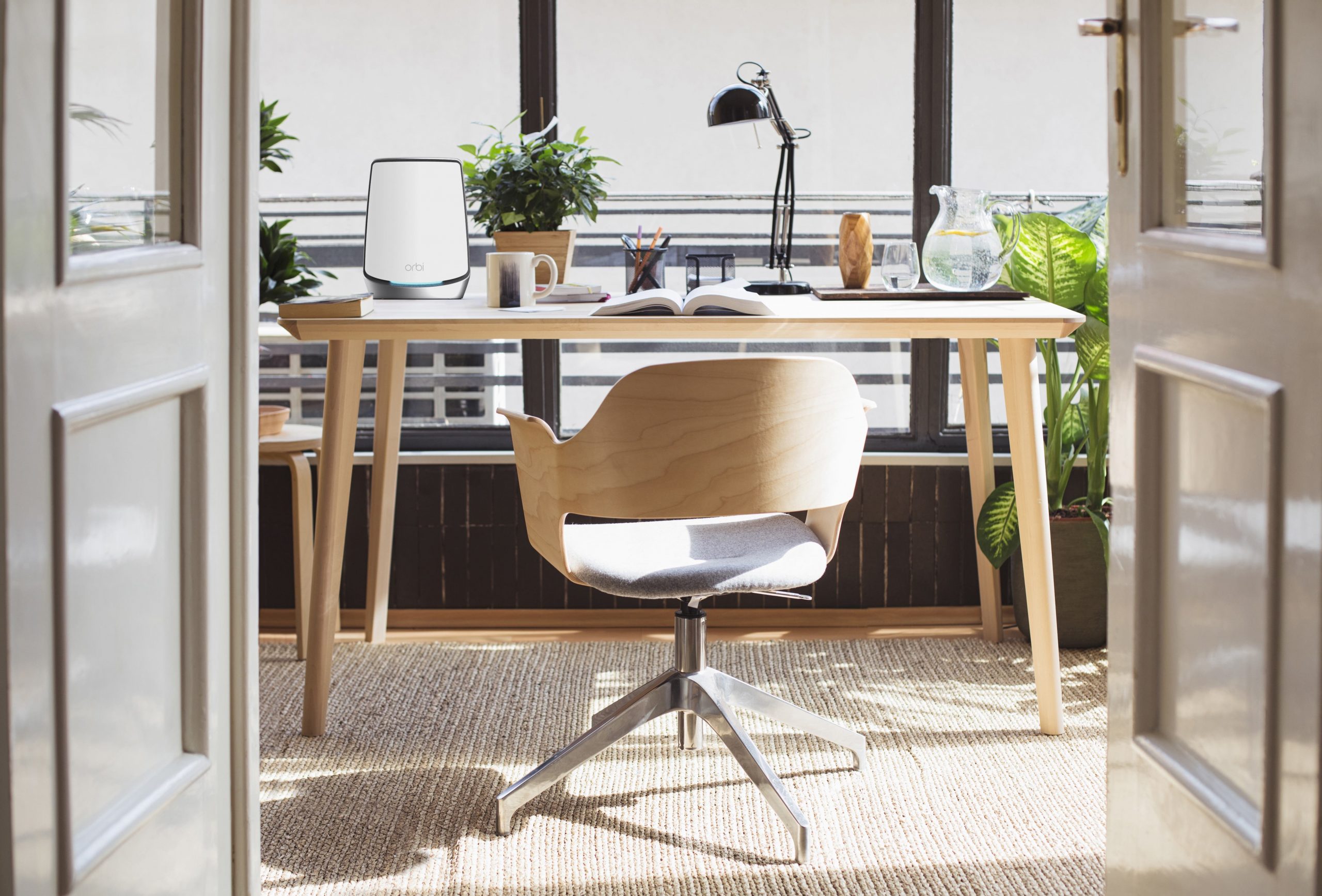 The Utterly Inessential Shopping List: Supercharged home Wi-Fi, smart headphones and a mobile phone literally anyone can use
The Utterly Inessential Shopping List: Supercharged home Wi-Fi, smart headphones and a mobile phone literally anyone can useOur Utterly Inessential Shopping List returns with some technology that is far cleverer than we are.
By Toby Keel
-
 The best weekend bags and finest holdalls that (rather a lot of) money can buy
The best weekend bags and finest holdalls that (rather a lot of) money can buyGoing somewhere nice? You might be soon, so here's Hetty Lintell with her pick of the finest holdalls and best weekend bags you can buy.
By Hetty Lintell
-
 Easter gifts of real quality, from a diamond bunny to a Fabergé egg
Easter gifts of real quality, from a diamond bunny to a Fabergé eggHetty Lintell and Toby Keel pick out some, all the while desperately trying to avoid using the word 'eggsquisite'.
By Country Life
